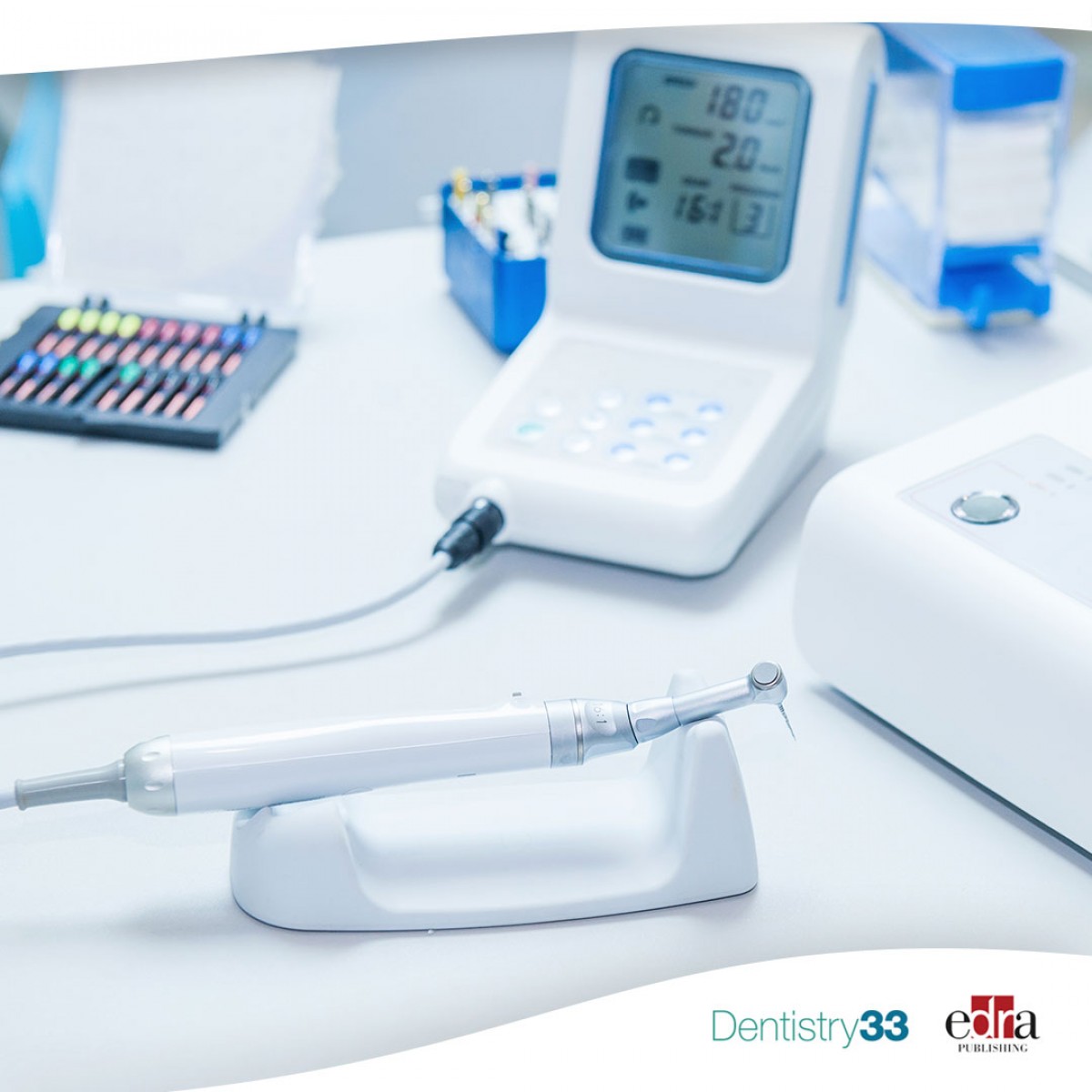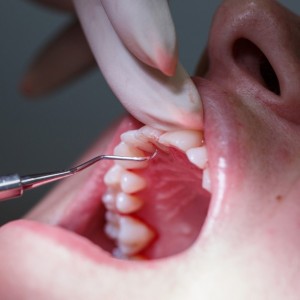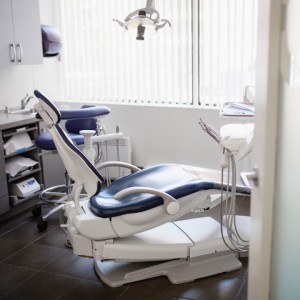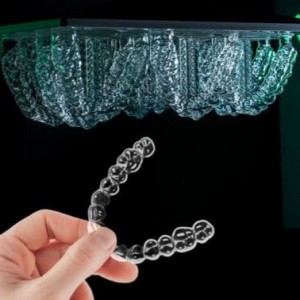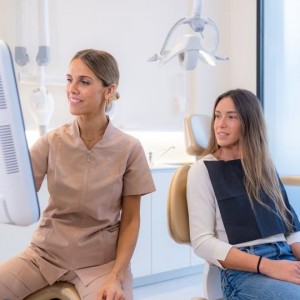
Endodontic instruments fractured in the canals: how to locate them?
Simona Chirico
Fracture of shaping instruments within root canals is a common undesirable incident in endodontics. These fractures can prevent proper preparation, disinfection and obturation of the canal. They can also cause significant sequelae on the outcome of endodontic treatment and have an impact on treatment planning. In addition, there are potential legal ramifications.
Radiographic evaluation is a crucial step in the management of endodontic complications but can be essential for the identification of fractured root canal instruments within the canals.
Conventional and digital periapical radiography (PAR) provide limited information due to the conversion of three-dimensional (3D) anatomy into a two-dimensional (2D) image. Therefore, the overlapping of anatomical structures may reduce its diagnostic efficacy.
Cone beam computed tomography (CBCT) allows for 3D evaluation of teeth and surrounding anatomical structures. In endodontics, CBCT is used to evaluate complications such as fractured instruments within root canals but has limitations, including higher patient radiation exposure than PAR.
Materials and methods
In a study published in Oral Surgery, Oral Medicine, Oral Pathology and Oral Radiology in September 2022, the authors compared the diagnostic efficacy of periapical radiography (PAR) with that of CBCT. They analyzed the effect with and without a metal artifact reduction algorithm (MARA) in the detection of fractured endodontic instruments, in plugged and non-obturated, straight and curvilinear canals.
In total, 144 root canals of 48 mandibular molars were divided into four groups:
- Group 1 or control group with empty channels
- Group 2 or fracture group with fractured instrument in canal
- Group 3 or filling group with root canal filling, and
- Group 4 or fracture/fill group with a fractured instrument and root canal filling.
Teeth were radiographed by PAR using a complementary metal oxide semiconductor sensor and by CBCT without and with MARA to evaluate the diagnostic efficacy of the three techniques in detecting fractured instruments. Three examiners evaluated the radiographs.
Results
Overall, PAR showed significantly better diagnostic outcomes than CBCT without MARA. PAR produced significantly better results than both CBCT protocols in the presence of root filling and in straight canals. In the absence of filling in the curved canals, no statistically significant differences were found between the 3 techniques.
Conclusions
Periapical radiography is the imaging technique that best detects fractured instruments in straight obturated and non-obturated root canals.
However, researchers found no significant differences between the three imaging modalities in detecting fractured files in the absence of filling material in curved canals.
CBCT with MARA has shown greater sensitivity and specificity for the detection of fractured instruments in curved canals compared to straight canals.
For more information: "Diagnostic efficacy of three imaging modalities in the detection of fractured endodontic instruments: an in vitro study."
 Related articles
Related articles
Digital Dentistry 09 June 2023
Association between intracanal medicament radiopacity, streak artifact production using CBCT
This study aimed to calculate the correlation between the radiopacity levels of various intracanal medicaments and radiolucent streak formation using cone-beam computed tomography.
This meta-analysis sought to identify the in vivo prevalence and influencing factors of middle mesial canal in mandibular first and second molars based on cone-beam computed tomography scans.
A study in the Angle Orthodontist evaluated the validity and reliability of marginal bone level measurements made on CBCT images produced using two reconstruction techniques, two viewing modes, and...
Endodontics 28 March 2023
External cervical resorption: relationships between classification, treatment, and outcomes
The purpose of this study was to identify possible associations between classification, treatment, and one-year outcome of external cervical resorption (ECR) lesions using the Heithersay and Patel...
Endodontics 07 January 2022
The American Association of Endodontists classifies endodontic treatment of obliterated canals as a high level of difficulty. The individualization and shaping of the calcified root canal represent a...
 Read more
Read more
Periodontology 30 October 2025
To update the competences and learning outcomes and their evaluation, educational methods and education quality assurance for the training of contemporary specialists in periodontology
Editorials 30 October 2025
New research explores the prevalence of dental fear and memories underlying it, underscoring the need for accessible treatment.
Products 30 October 2025
LuxCreo, a global innovator in personalized medical and dental devices, announced that it has received a strategic investment from Angelalign Technology Inc., a leading.
News 30 October 2025
GTCR, a leading private equity firm, announced the simultaneous signing and closing of a strategic, structured minority investment in Solmetex (the “company”).
News 30 October 2025
PDS Health, a leading integrated healthcare support organization, has announced the launch of PDS Health Medical, a new business unit that connects medical care to dental practices through connected...


